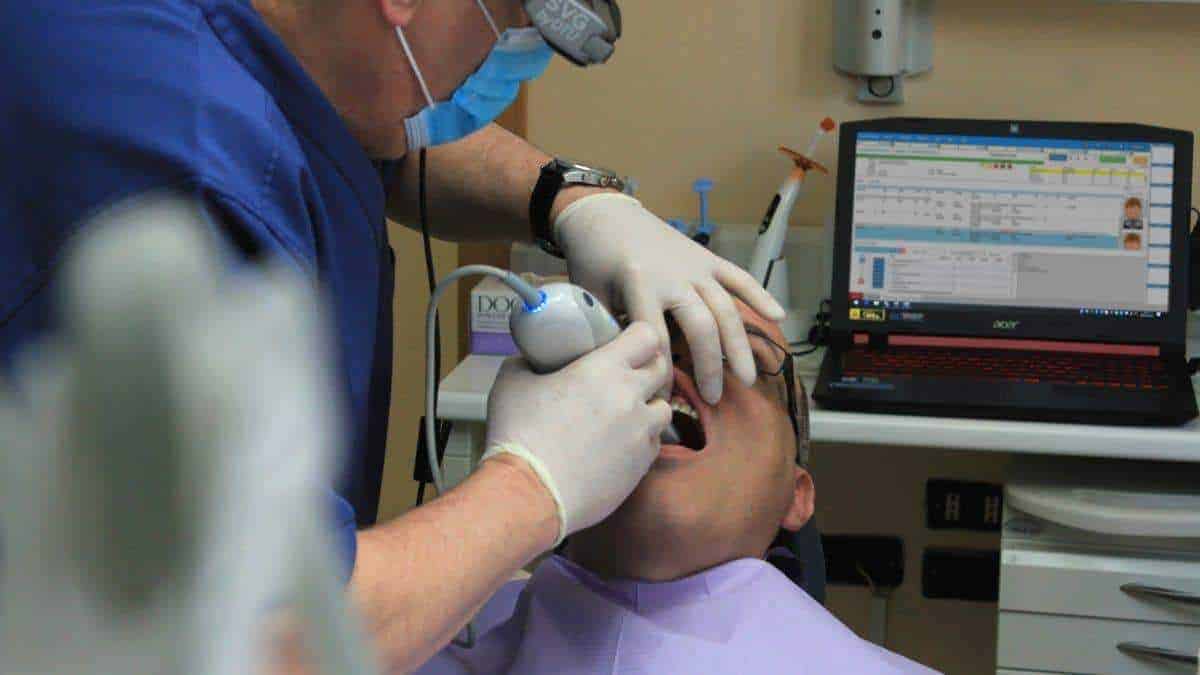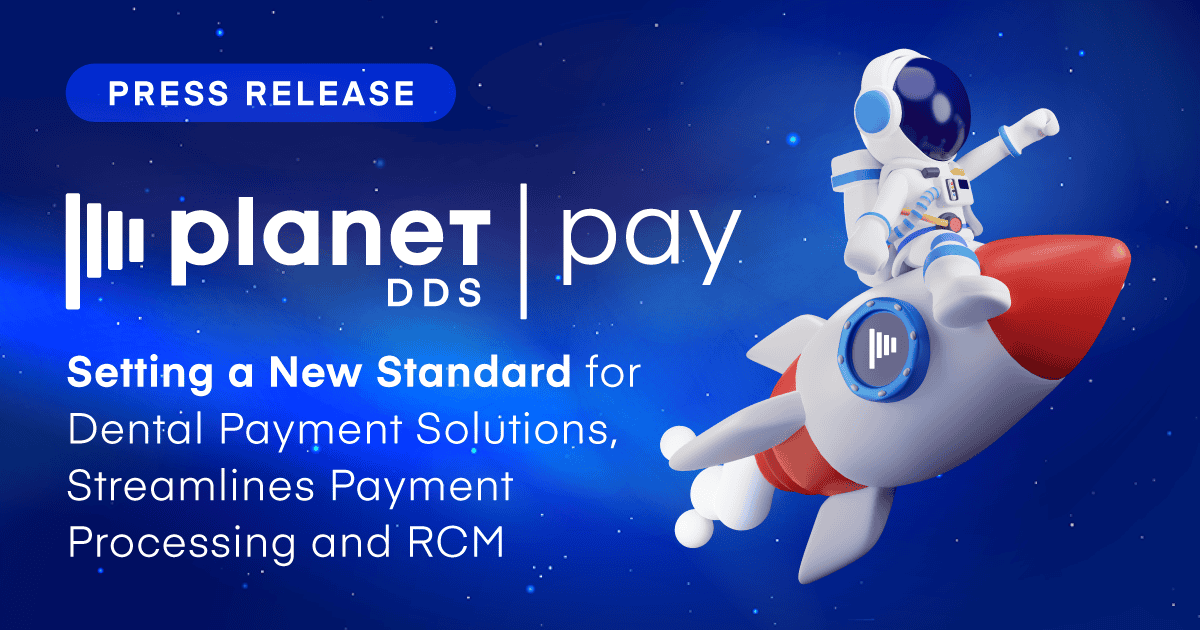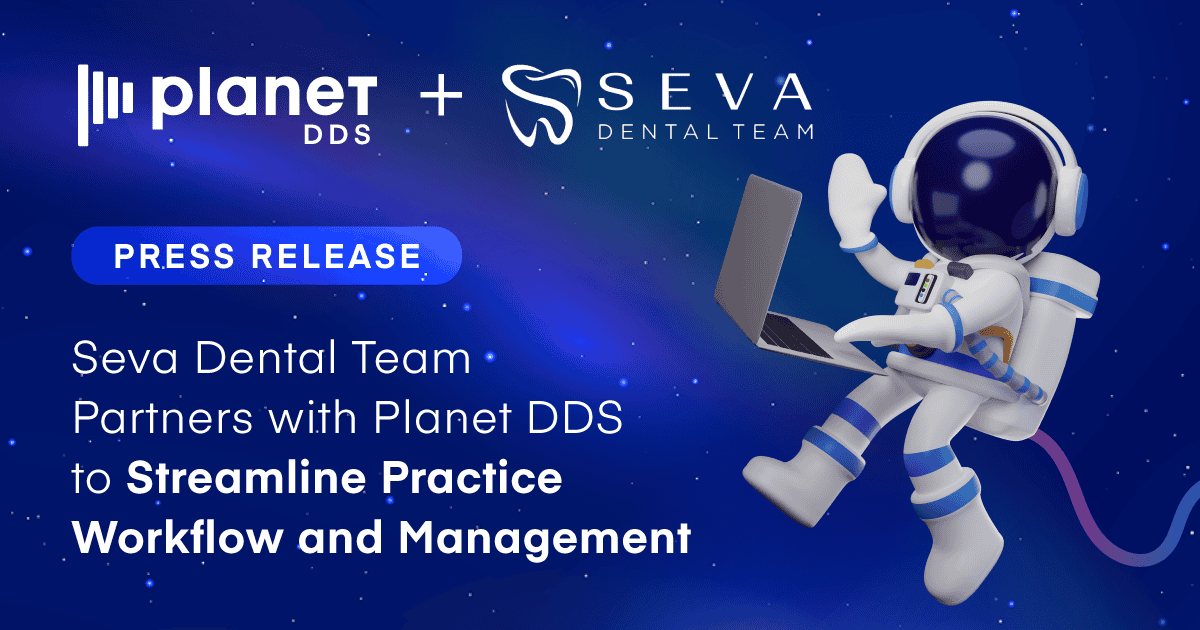Desktop App vs. Web App – Which One is a Better Solution for Your Practice?
Should they use a desktop app or a web app? You might think that this choice won’t matter, but there is a world of difference between the two.

Most orthodontists face a common dilemma when it comes to choosing a better solution for their business. Should they use a desktop app or a web app? You might think that this choice won’t matter, but there is a world of difference between the two. To find out which orthodontic practice management software suits you better, you must first identify the difference between them.
With 76% of patients believing that an app can improve their experience and relationship with their orthodontists, it is high time that you consider integrating an app into your practice. Before you decide, here is a quick comparison between a desktop app and a web app. This way, you can make an informed decision on the get-go and avoid regretting your investment later on.
Desktop App vs. Web App
The main difference between desktop apps and web apps is how they are set up. This includes the installation process and hardware specification requirements for the software.
Web App
For web apps, setting up is instantaneous and simple. In fact, it does not require you to download or install the app itself. As the name implies, you can easily access the software via your web browser. You also don’t need high-powered hardware to run the app. Almost any device with internet connectivity and a web browser will do.
Desktop App
The opposite is true for desktop apps. These are software you need to download and install into your devices. The duration of its installation process will depend on your hardware’s specs, the app size, and your internet speed. Likewise, some desktop apps require minimum hardware specifications for it to run properly.
Now, which one should you choose? Take a look at the factors below to determine what matches your requirements.
The main difference between desktop apps and web apps is how they are set up. This includes the installation process and hardware specification requirements for the software.
Accessibility
A determining factor when choosing a software is its accessibility. Not only for yourself but your patients as well. With almost 96% of people preferring to use mobile devices, your software needs to be flexible enough to run well on smartphones and tablets. This makes it easier for your patients to reach out to you to make appointments, consult with you, and ask questions. Additionally, this allows you to address issues and manage other tasks anytime and anywhere.
Web apps are perfect for those who are always on-the-go. Since it requires no installation or download, your app is not bound to any device. You can simply open it via any web browser in any device with internet connectivity. Just make sure that these web apps are also optimized for the smaller screens. This allows you to perform your orthodontic practice management duties anytime and anywhere. However, you will need internet connection for each access.
Compared to web apps, desktop apps might seem a bit restraining. For one, it needs to be downloaded and installed across all your devices if you are planning to use it on the go. Some providers will also require you to pay for each copy (or license) of the software. Hence, it’s not ideal for multi-platform use. On the other hand, you can use your desktop apps even without internet connection.
Performance
As orthodontists, your first priority is providing the best care for your patients. Your software eases some of the orthodontic practice manager responsibilities from your shoulders so that you can focus on this task. If it isn’t performing well,you might end up struggling more. In fact, it might even become another source of stress for you.
When choosing a web-based orthodontic management software, you must determine whether it is cloud-based or not. Cloud-based systems make you dependent on your providers’ servers. If their server is down, you might end up with unplanned downtime as a result. So make sure you choose an app with good uptime, bandwidth, and storage.
On the other hand, desktop app performance is tied to the performance of your own hardware, which must keep pace with changes to the application. You are also fully in control of running and maintaining the system, which can be both good and bad. Good because internet performance won’t impact your system, but bad if you have local network issues and don’t have or don’t want to spend for IT. Of course, running your own system requires you to have your own IT professionals to ensure everything is running smoothly, which can get quite costly.
Costs
Cost is a huge deal when choosing the best software for orthodontic practice. However, a software’s expense does not stop upon purchase. You also have to budget the costs for maintaining and running it.
While prices vary no matter which type of software you choose, web apps are usually cheaper compared to desktop apps.
For one, you won’t need a resident expert to help set it up and maintain it in your system. Usually, your provider will offer further support after purchase. Likewise, most web apps offer multiple subscription plans that you can cancel after some time. You can choose the cheaper options over the more expensive ones, depending on how much you can spare and the features you need.
Meanwhile, desktop apps have higher upfront cost since providers usually don’t offer subscription plans. Usually, pricing is by license. There are also other additional fees for upgrades. Likewise, you have to hire an IT team to oversee its maintenance and operation. However, it can be cost-efficient in the long run. Ultimately, it’s important finding a dental practice management software that fits your budget, specific practice and requirements.
Support
Most orthodontic management software solutions offer after-sales support. However, the extent of this support can vary depending on the type of software you choose. Between desktop and web-based apps, the latter usually offers more after purchase.
The best thing about web-based apps is its free updates, patches, and fixes from its developers. You don’t have to buy yet another copy to get the latest updates and versions of the software. The same is true with patches and fixes.
Meanwhile, desktop apps might give out some free security patches and fixes every now and then. However, you must apply these updates yourself, and often across multiple devices, which is labor-intensive..
Scalability
As your practice expands, the more patients you need to accommodate. And in turn, you will need all the support you can get to provide the best care for all of them. Your orthodontic practice software must also cope with such changes to give the support you need.
As mentioned earlier, web-based apps can be more flexible compared to desktop apps. So if you are planning to expand your practice, web-based apps might be a better choice. It allows you to save time and cost since you don’t have to install and purchase multiple copies for your devices.
On the other hand, desktop apps can be harder to manage and scale along with your expanding practice. You might even end up hiring experts to help you scale up your desktop app and maintain it in the long run.
Level Up Your Dental Practice
The medical industry is joining the many practices that look at technology to optimize their workflows. This just shows the importance of orthodontic practice management software for your business.
The first step to finding the best one for your practice is choosing between a desktop app and a web app. While both serve the same purpose in helping your business, their respective advantages and disadvantages can affect how you run your practice. Personally, we prefer cloud-based software because of its accessibility, cost-efficiency, and flexibility. Still, ultimately, you have to determine what suits your dental business best.



